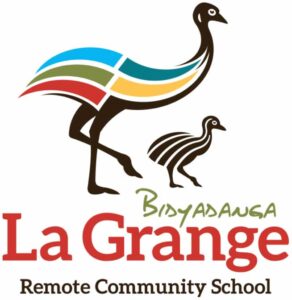Menu
Breath work is a simple—and very powerful—tool that can help young children (as well as adults) calm themselves when big feelings arise. It’s very empowering for a child to be able to manage their own feelings, and I’m always so proud when I see a child use breath work to centre themselves.
These two calming exercises will help get you and your little ones (and you) through the festive season.

1. Candle Breath
Put your hands together and imagine your two index fingers are a beautiful big candle. Inhale deeply through your nose. Exhale slowly through your mouth with your lips only slightly apart. Imagine you want to make the candle flicker just ever so slightly (don’t blow it out). You can play with having your fingers closer or further away from you. Visualise the candle.
2. Bear Breath:

Inhale through the nose, pause; exhale out the nose, pause. Breathe in to a count of 3 or 4, pause for a count of 1 or 2; breath out for a count of 3 or 4, pause for a count of 1 or 2. Repeat a few times. This will help ground and settle kids. Wonderful for restful, reflective time. Imagine a bear hibernating. Helpful before nap time, story time or any creative activity.
Introduce these ideas when your child is happy and calm (explaining Bear Breath mid-meltdown in the supermarket is not a recipe for success).
>> Practice Makes Perfect (and Keep It Fun)
Add the exercise they like best to play time. Maybe you draw cupcakes and blow out crayon candles, or spend time hibernating like bears—explain that it’s a lot of fun and that it’s also a good thing to do when they’re feeling bad, because it’ll help them to calm down.
>> How to Use It in the Moment
When tough feelings come, help them through their favorite breathing exercise with the following steps:
Connect: Get down to their level and connect. Try looking them in the eye or gently touching their shoulder.
Name the feelings: Sometimes big feelings like anger or disappointment can feel scary (even to grown-ups!), so acknowledge big feelings to help your child understand what’s happening. Try something like, “You look like you’re really upset,” or “You seem angry that your sister took your toy.”
Find a quiet space: Whether it’s a cozy spot in their bedroom or a café corner, a quiet space lets them step away from the situation and gives them a little bit of privacy to gather themselves and calm down.
Breathe together: Start doing the breathing exercise together. Help them by talking through each step: “Let’s see if we can make some candles flicker. Breathe in…and…out. Great,let’s do that again.”
Give them a comforting cuddle (if they’re ready): Some kids welcome a hug, but others may need a moment to settle down—follow your child’s cues and your own instincts.
>> The Science behind it?
These breathing exercises signal the nervous system to relax, which then lowers stress and reduces heart rate and blood pressure. We feel more calm and relaxed.











No spam – just event updates, breathing exercises and free meditation/mindfulness activities.
We won’t pass your details onto third parties. Promise!
© Yogazeit 2019–2023. All rights reserved.
View our Terms and Conditions and Policies and our Guiding Principles.
ABN: 62 631 658 305
Website designed by Eurisko with thanks and gratitude to Lotterywest Grants.
We wish to acknowledge the traditional custodians of the land we are working and living on, the Whadjuk Noongar people.
We acknowledge and respect their continuing culture and the contribution they make to the life, education and mindfulness of this city and this region supported by the leadership of Noongar elders past, present and emerging.
We extend this acknowledgement and respect to all Aboriginal and Torres Strait Islander peoples across Australia.